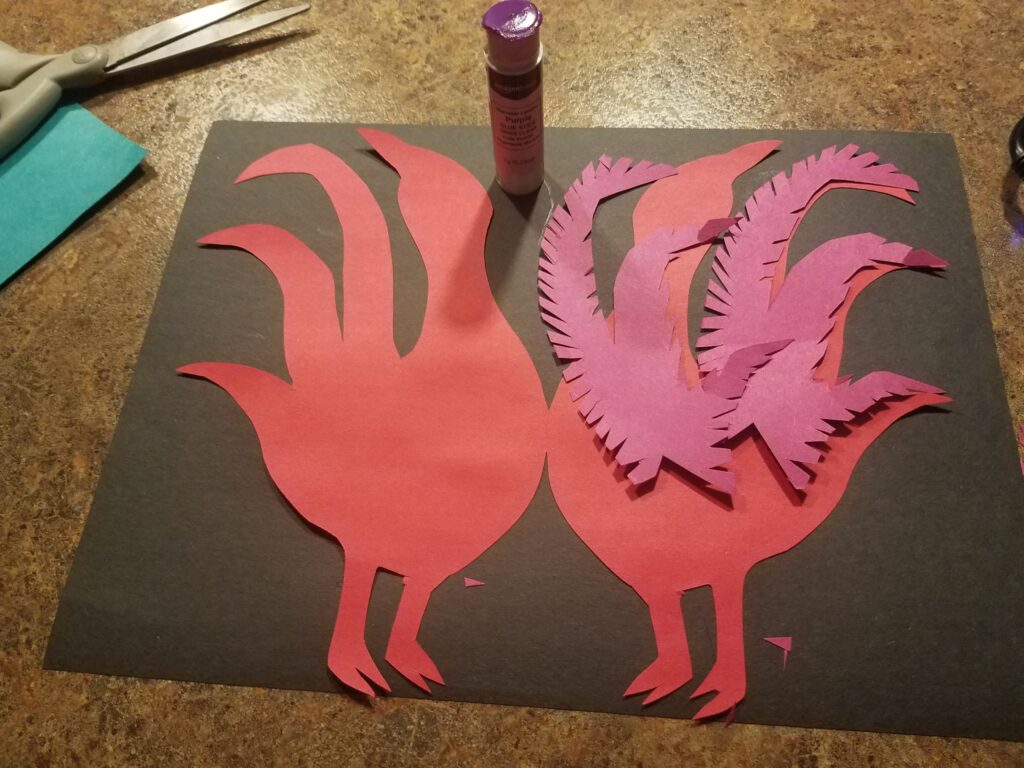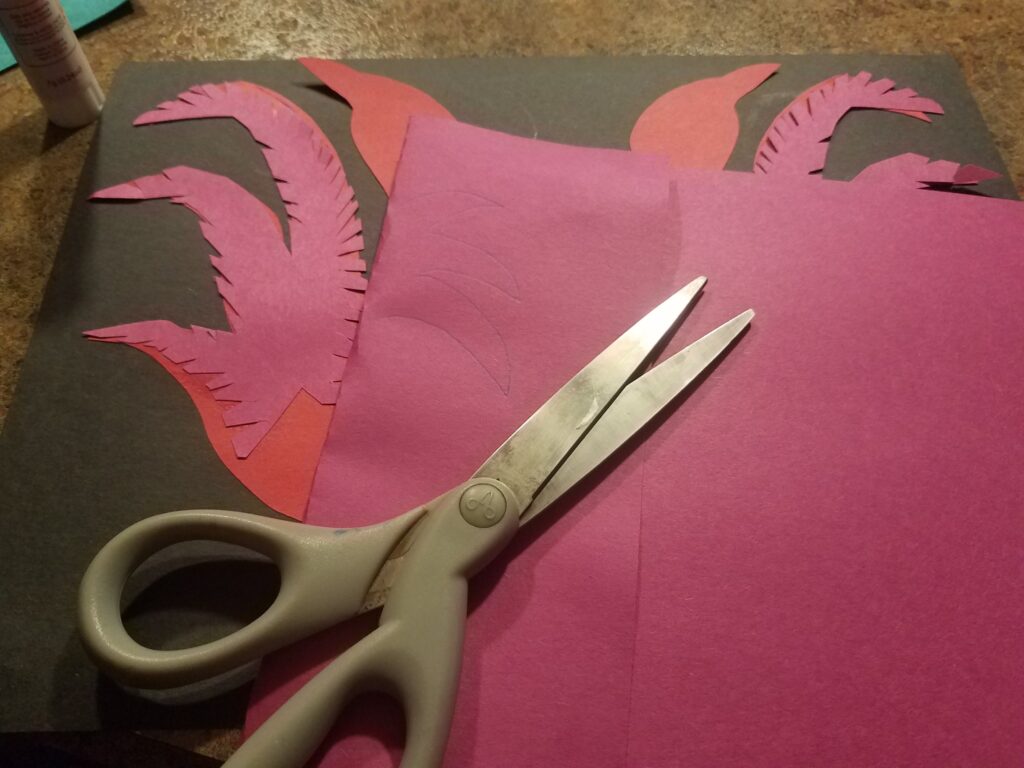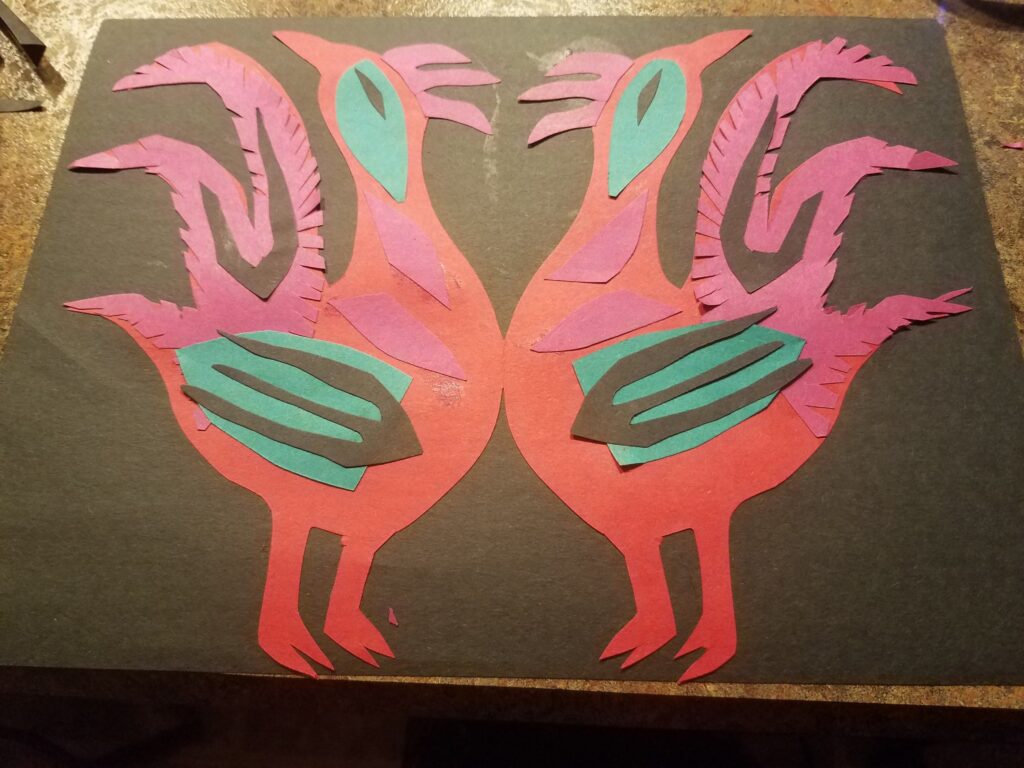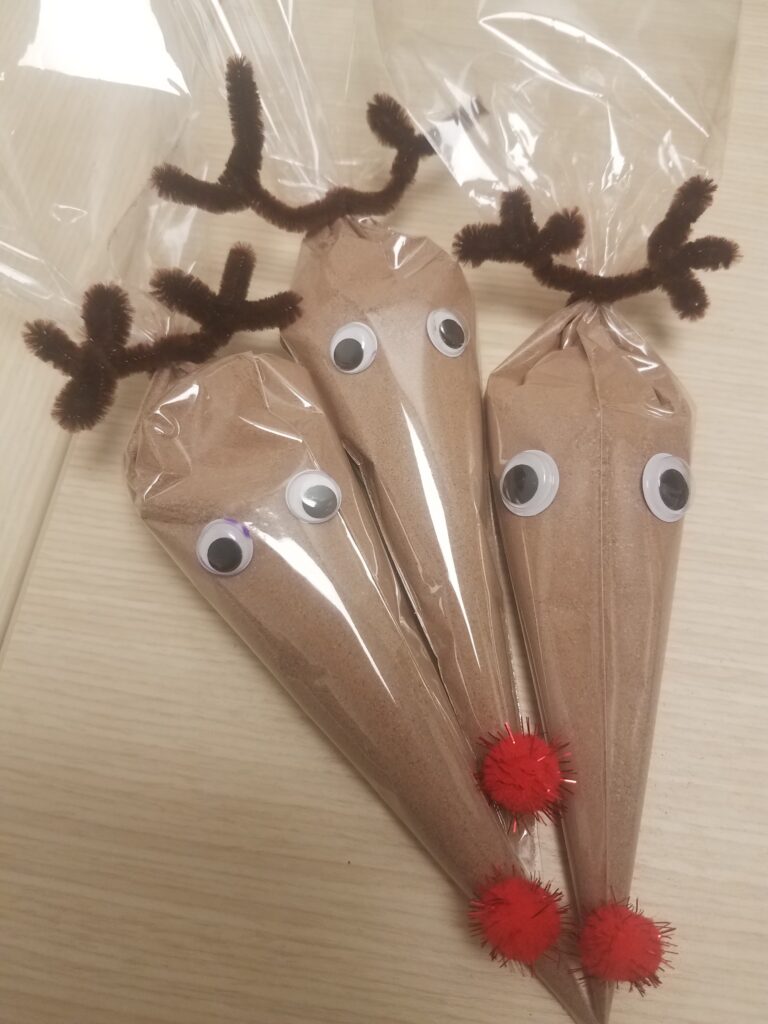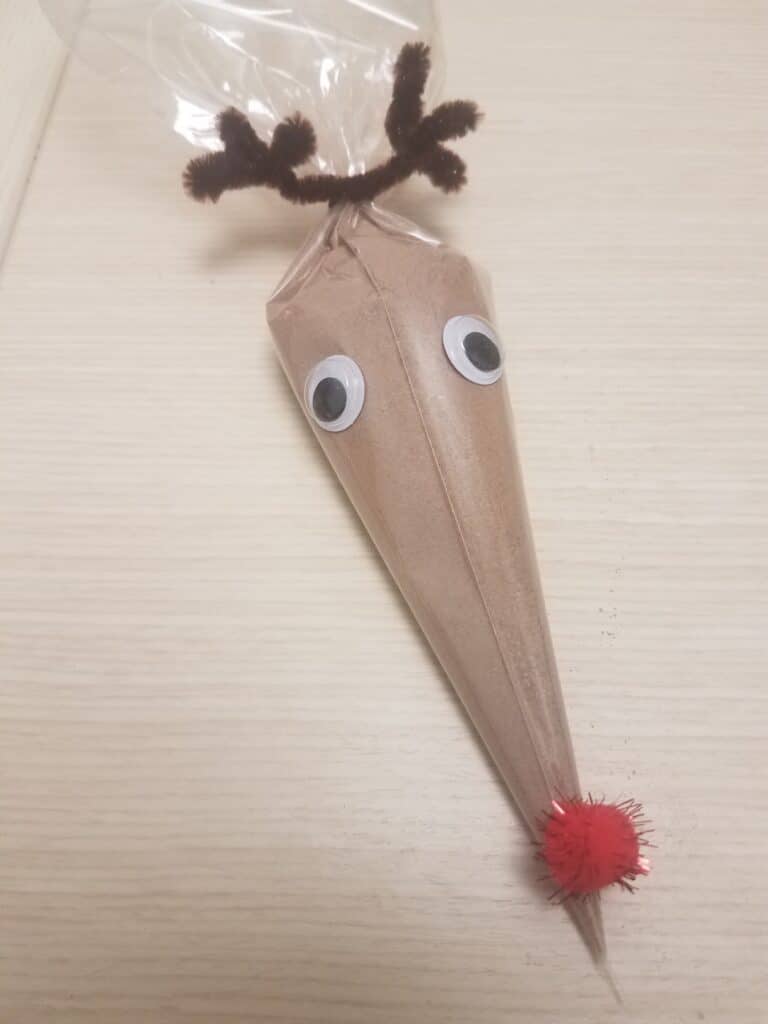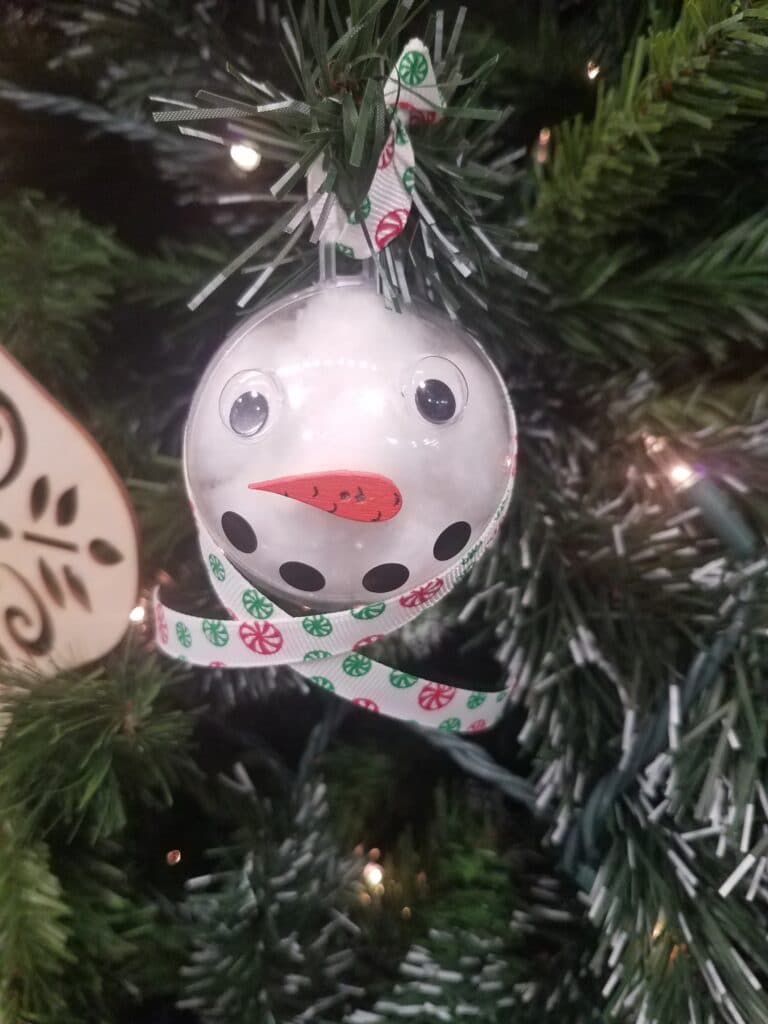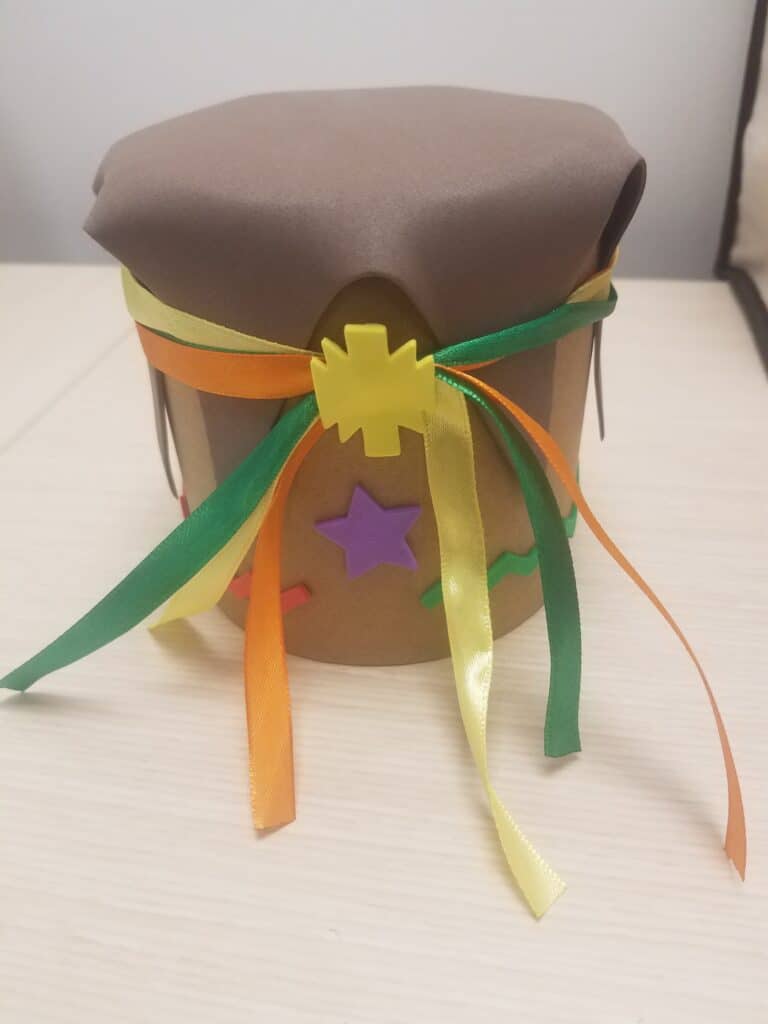Created in partnership with the The Permanent Chair of Polish Culture at Canisius College.

By Amelia Schrader, Senior Manager of Education
Download a PDF version of this lesson here!
ACADEMIC SUBJECT(S):
Social Studies, Art
DEVELOPMENT SUBJECT AREAS:
Appreciating Diversity
Adaptive Social Behavior,
Empathy , Fine Motor Skills
HOW LONG WILL THIS TAKE TO DO?
20-30+ minutes
MATERIALS
• Scissors
• Colored Paper
• Glue
• Pencil
• Images of Wycinanki for inspiration
This lesson is brought to you by the Permanent Chair of Polish Culture at Canisius College. Explore & More is thrilled to partner with this organization to showcase Polish traditions, heritage and culture through activities, stories and food. Poland is a country located in central Europe. There are many people in Buffalo and WNY that have roots in Poland. Our community celebrates many Polish traditions at Easter, Christmas and throughout the year. We hope you enjoy these Polish activities and think about incorporating some of them in your family’s yearly traditions!
“Wycinanki” pronounced Vee-chee-non-kee is the Polish word for “paper-cut design.” This polish folk arts tradition dates back over 150 years and is one of the most widely recognized Polish traditions. The style and subject matter of wycinanki vary based on the region of Poland. This beautiful tradition has been passed down through generations, often becoming more detailed with each new generation.
The two most distinct styles of wycinanki come from Kurpie and Łowicz. Designs from Kurpie are characterized as one cut out, usually a symmetrical design and done in a single color. While designs from Łowicz consist of cut outs in many vibrant colors layered on top of one another and secured with glue.
Directions
STEP 1 Take a few minutes with a grown up to look through some
images of wycinanki folk art. These beautiful images will be used as
inspiration for your creation!
STEP 2 Now it is time to start planning out your design. Begin by selecting
a color of paper and folding it in half. Using a pencil begin sketching out half of your design on the folded paper. Make sure portions of your drawing come to the edge of the fold. Sketching in this way and using the fold of the paper will create the symmetry that is found in both styles of wycinanki.
STEP 3 Repeat this process in different colors creating the
various layers of your wycinanki art.
STEP 4 Using glue, carefully secure the layers of your wycinanki
together to form your final design!
Once your wycinanki is finished share your unique designs with
Explore & More by tagging us on social media!
VOCABULARY
WYCINANKI: Pronounced Vee-chee-non-kee is the Polish word for “paper cut design.”
SYMMETRY: When a shape or object has two completely identical sides that are facing each other or around an axis.
KURPIE: A region in Poland known for its unique traditional costumes, dance and architecture. The Kurpie region also has its own distinctive wycinanki style that consists of a single color cut out folded one single time.
ŁOWICZ: Located in central Poland, Łowicz offers its own unique style of wycinanki. Characteristics of this style consist of multiple vibrant colors cut out on separate sheets of paper and glued together in layers. Typical motifs of this region include flowers, roosters and geometric patterns.


